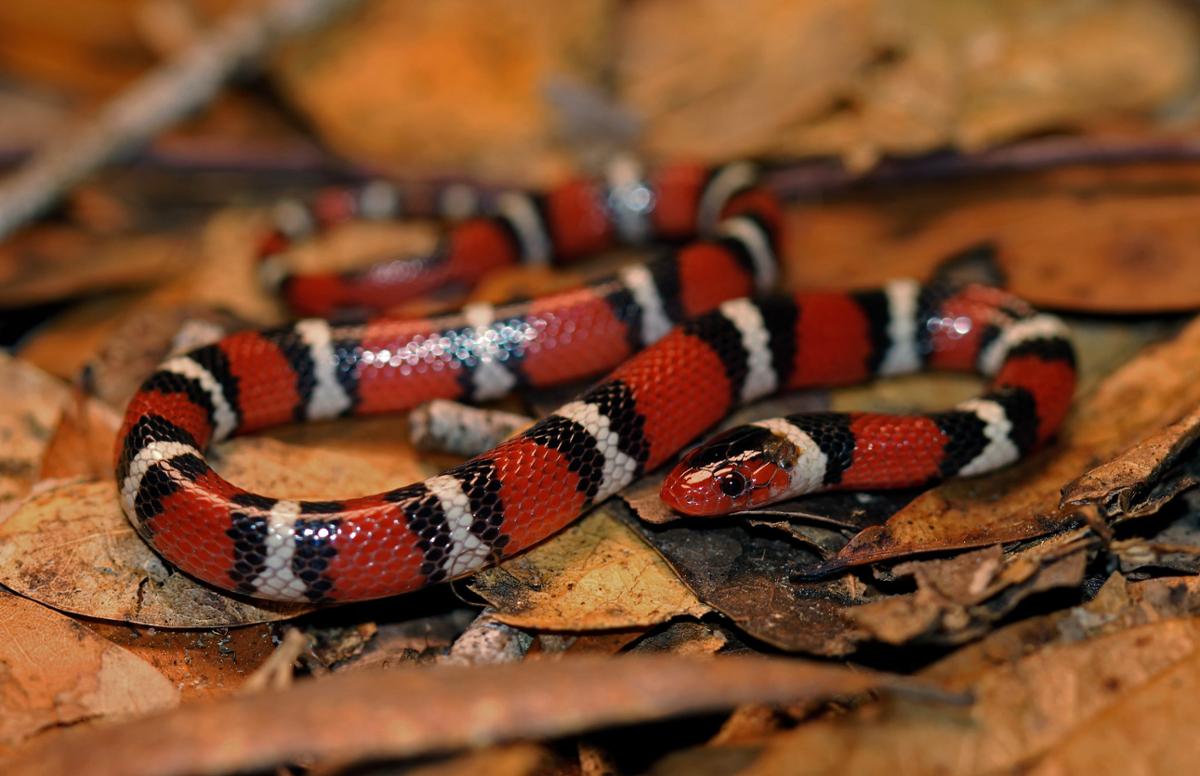Last time on A Moment of Science, we learned about the theory of batesian mimicry, in which a palatable animal or plant species evolves to mimic an unpalatable animal or plant. The idea is that the predator drives natural selection by learning to avoid the unpalatable species, as well as things that look like the unpalatable species.
There are many cases in which animals and plants resemble each other. Whether these resemblances are, in fact, cases of mimicry, and so evidence of natural selection, is not so easy to tell, but a number of studies do offer strong evidence of just that.
One such study involved deadly coral snakes and their harmless look‑alikes, scarlet king snakes. Scientists set out to test the hypothesis that if the resemblance between two species really is a matter of mimicry, then when the noxious model species is absent, the protection offered the mimic should collapse.
So they made plasticine copies of both coral and scarlet king snakes and placed them in the wild both in the southeastern United States, where the deadly coral snake is present, and north of that, where the coral snake is absent. The plasticine, a mixture of wax and clay, made it easy to distinguish a bird attack from everything else, so that the number of bird attacks could be counted easily.
Examination of the copies showed that the models were attacked at a rate of fifty-percent where coral snakes aren't present and at a rate of merely six-percent where coral snakes are present. The evidence shows that the protection offered the mimic does indeed break down where deadly coral snakes aren't present.









